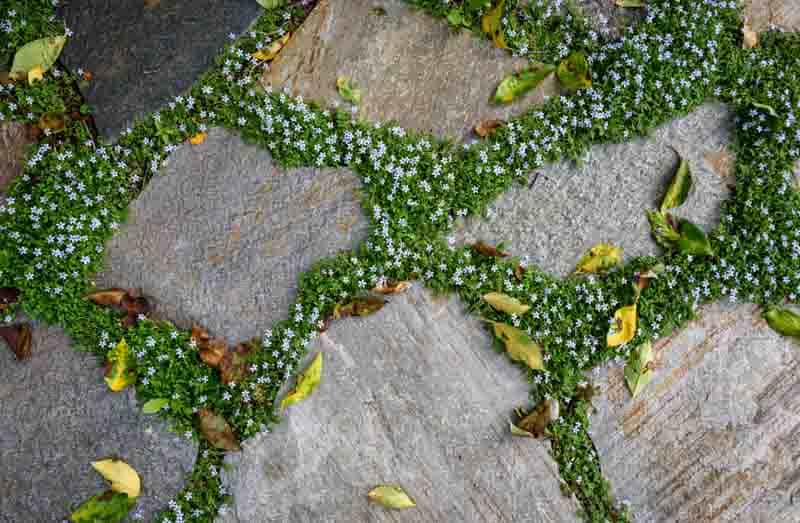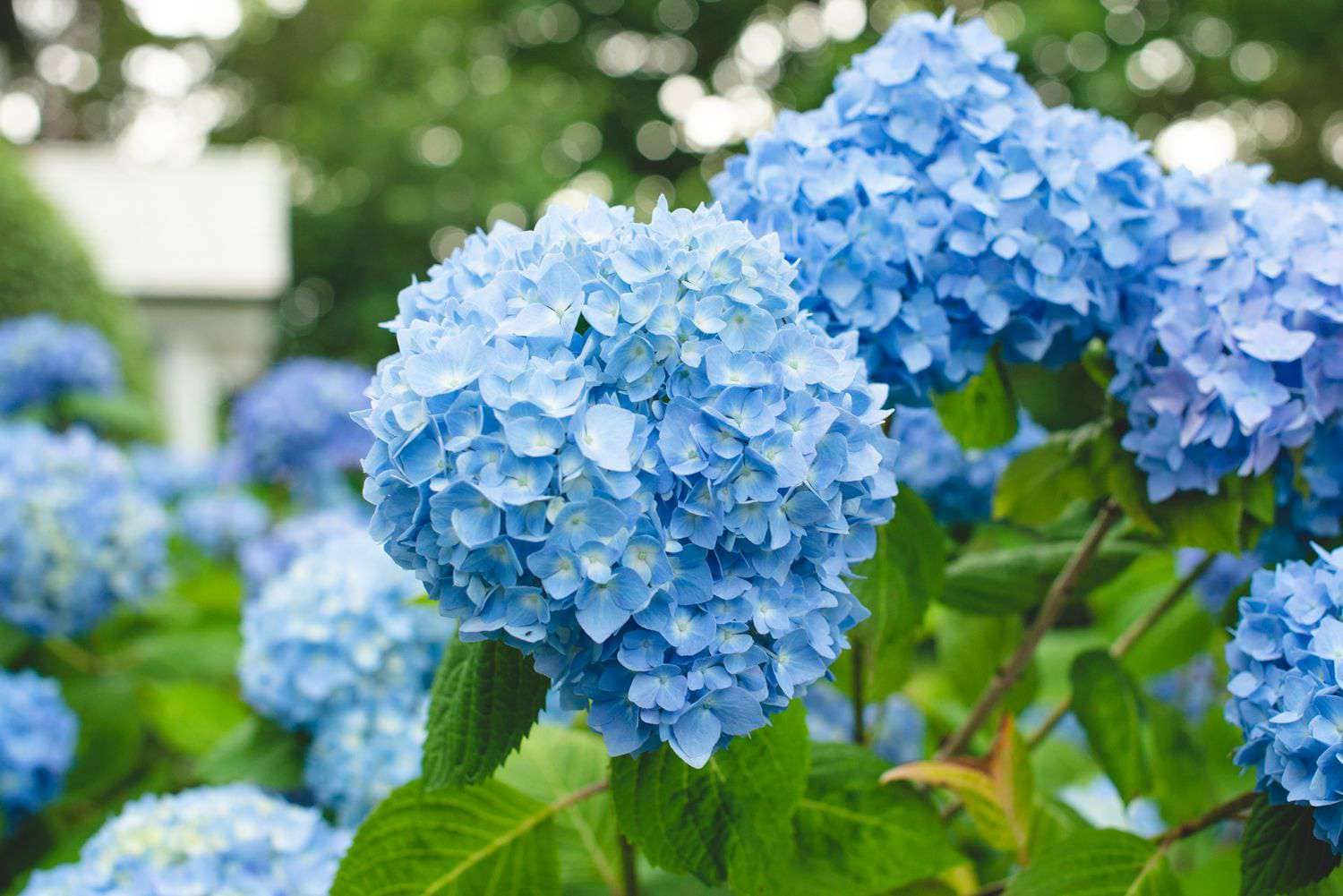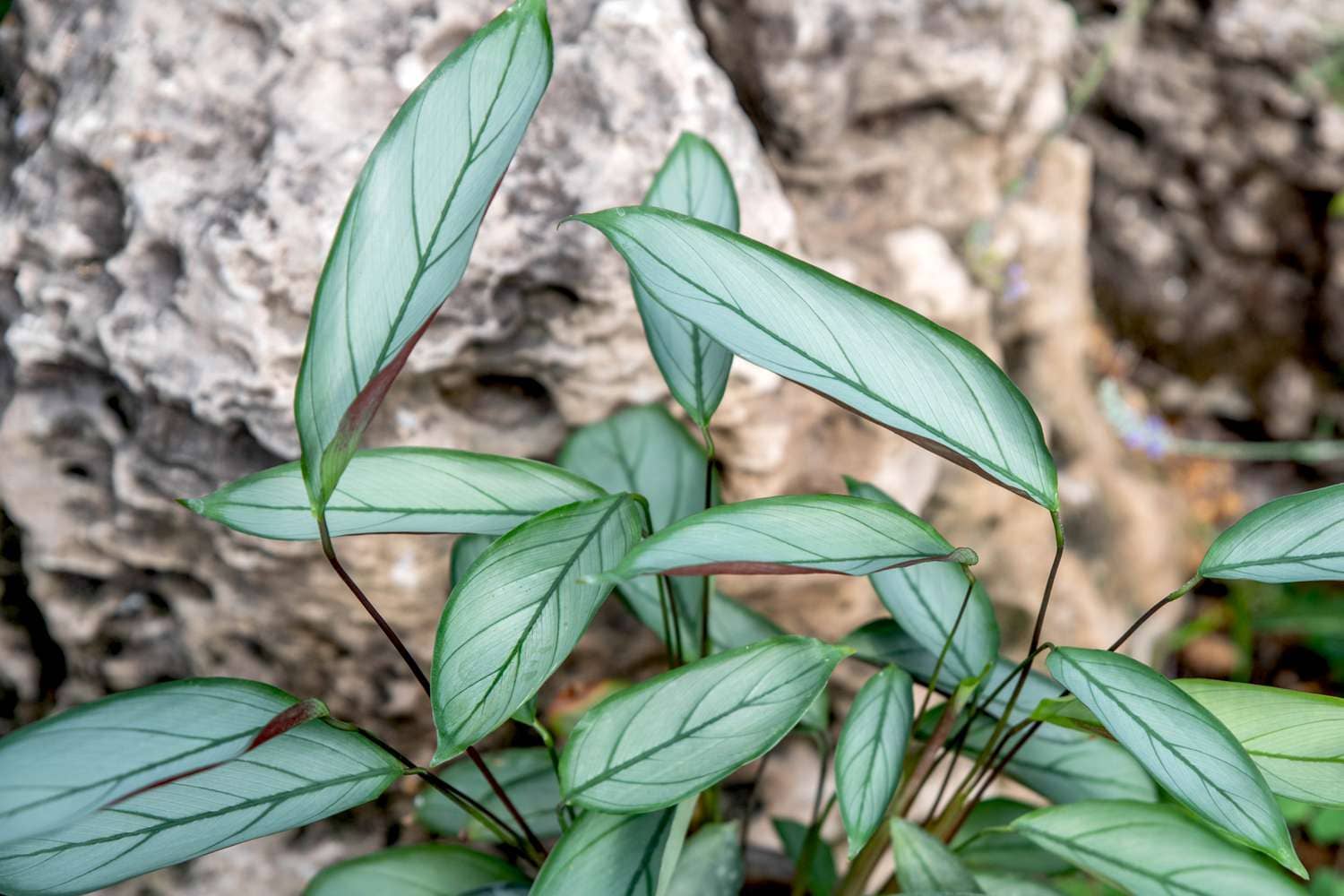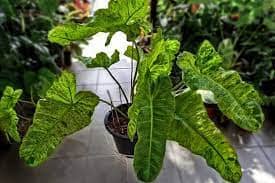Introduction: Blue Star Creeper (Laurentia fluviatilis) is a delightful ground cover plant renowned for its charming star-shaped flowers and lush carpeting effect. Originating from New Zealand and Australia, this perennial herbaceous plant belongs to the Campanulaceae family and thrives in a variety of garden settings. In this comprehensive guide, we’ll explore the characteristics of Blue Star Creeper, optimal growing conditions, planting tips, and maintenance practices to help you cultivate and enjoy this enchanting plant in your garden landscape.
Characteristics of Blue Star Creeper: Blue Star Creeper features small, rounded leaves and delicate, star-shaped flowers that bloom profusely during the spring and summer months. The flowers, typically blue or white in color, adorn creeping stems that form a dense, low-growing mat, making Blue Star Creeper an excellent choice for ground cover in various landscaping applications. Its adaptability to different light conditions and moderate maintenance requirements further enhance its appeal among gardeners seeking to add beauty and functionality to their outdoor spaces.
Ideal Growing Conditions:
To ensure the health and vibrancy of Blue Star Creeper, it’s essential to provide suitable growing conditions that mimic its natural habitat. Here are key factors to consider:
- Light: Blue Star Creeper thrives in partial to full sun, although it can tolerate some shade. Aim for at least 4 to 6 hours of direct sunlight daily to promote optimal growth and abundant flowering.
- Soil: Plant Blue Star Creeper in well-draining, fertile soil with a slightly acidic to neutral pH level. Amending heavy clay soil with organic matter like compost or peat moss can improve drainage and nutrient retention.
- Watering: Maintain moderate soil moisture levels by watering deeply but infrequently. Allow the soil to dry out slightly between waterings to prevent waterlogging, especially during the plant’s establishment phase.
- Temperature: Blue Star Creeper is adaptable to a wide range of temperatures and can tolerate mild frost once established. Protect young plants from extreme cold or heat stress during the initial growth stages.
- Fertilization: Apply a balanced, slow-release fertilizer in early spring to provide essential nutrients for vigorous growth and prolific flowering. Avoid excessive fertilization, as it may result in lush foliage at the expense of blooms.
- Maintenance: Regularly remove spent flowers to encourage continuous blooming and prevent self-seeding, which can lead to aggressive spreading and overcrowding.
Planting Tips:
- Spacing: Plant Blue Star Creeper plugs or containers approximately 6 to 12 inches apart to allow for spreading and fill in the desired area effectively.
- Mulching: Apply a layer of organic mulch, such as shredded bark or compost, around Blue Star Creeper plants to conserve soil moisture, suppress weed growth, and provide insulation for the roots.
- Establishment: Water newly planted Blue Star Creeper thoroughly and monitor soil moisture levels regularly during the first few weeks to promote root establishment and minimize transplant shock.
Maintenance Practices:
- Weed Control: Keep the planting area free of weeds to prevent competition for nutrients and water. Hand-pull weeds or use a gentle herbicide if necessary, taking care to avoid contact with Blue Star Creeper foliage.
- Pruning: Trim back overgrown or leggy stems periodically to maintain a neat and tidy appearance. Avoid cutting into woody stems, as this may hinder flowering.
- Division: Divide mature clumps of Blue Star Creeper every few years to rejuvenate growth and prevent overcrowding. Carefully dig up the plant, separate the root ball into smaller sections, and replant in suitable locations.
Conclusion:
Blue Star Creeper adds a touch of elegance and tranquility to any garden landscape with its charming blooms and lush carpeting effect. By providing the right growing conditions, implementing proper planting techniques, and practicing regular maintenance, you can cultivate thriving carpets of Blue Star Creeper to enhance the beauty and functionality of your outdoor spaces. Whether cascading over rockeries, filling gaps between stepping stones, or edging garden borders, this versatile ground cover plant captivates observers with its understated beauty and enduring appeal throughout the seasons.





